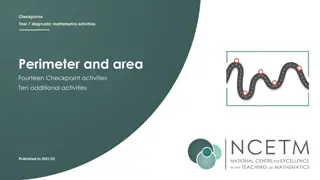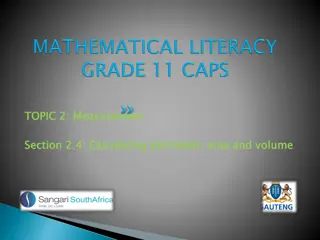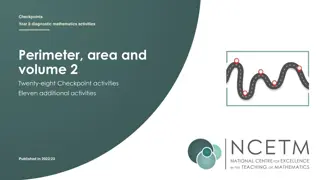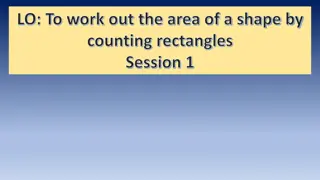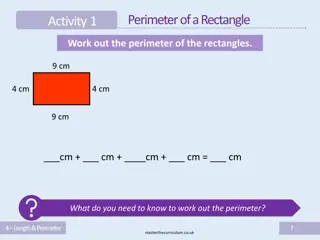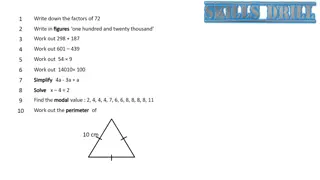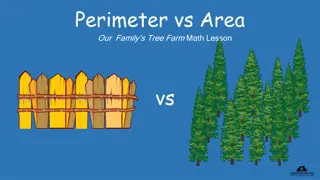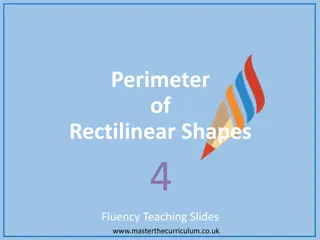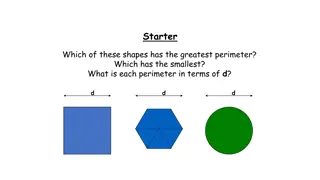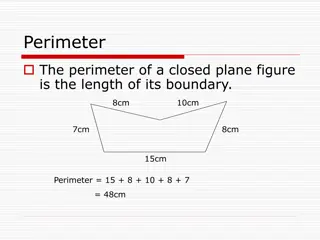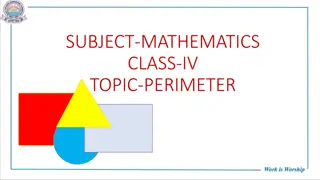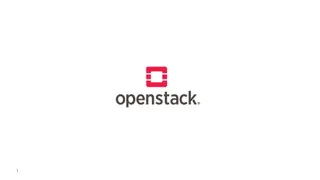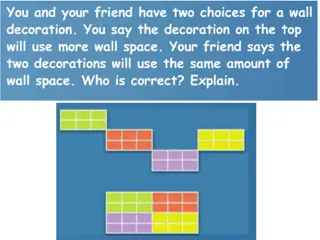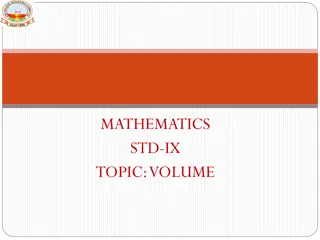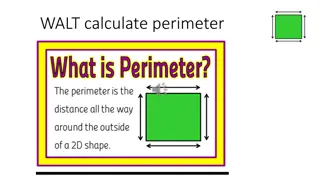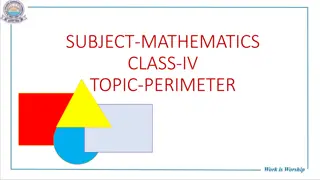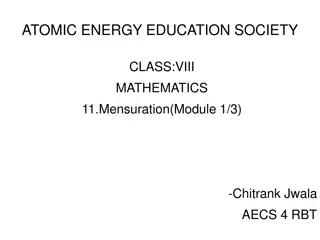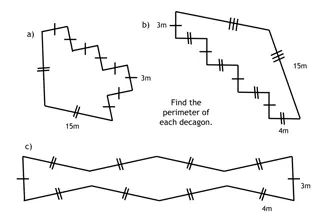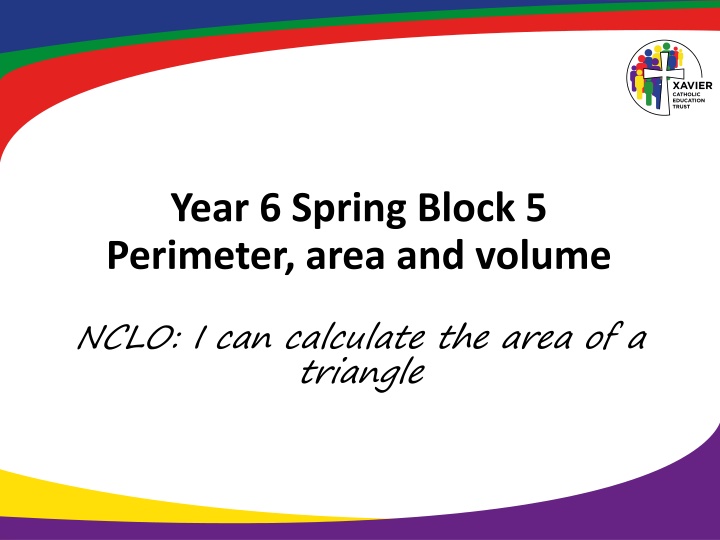
Calculating Triangle and Parallelogram Areas in Year 6 Math Block
Explore concepts of calculating area of triangles and parallelograms in Year 6 Spring Block 5 Mathematics curriculum. Understand key formulas, vocabulary, and problem-solving techniques. Enhance fluency and reasoning skills through hands-on activities and visual aids.
Download Presentation

Please find below an Image/Link to download the presentation.
The content on the website is provided AS IS for your information and personal use only. It may not be sold, licensed, or shared on other websites without obtaining consent from the author. If you encounter any issues during the download, it is possible that the publisher has removed the file from their server.
You are allowed to download the files provided on this website for personal or commercial use, subject to the condition that they are used lawfully. All files are the property of their respective owners.
The content on the website is provided AS IS for your information and personal use only. It may not be sold, licensed, or shared on other websites without obtaining consent from the author.
E N D
Presentation Transcript
Year 6 Spring Block 5 Perimeter, area and volume NCLO: I can calculate the area of a triangle
Key vocabulary and questions What formula can you use to calculate the area of a triangle? If there is more than one triangle making up a shape, how can we use the formula to find the area of the whole shape? How do we know which length tells us the height of the triangle?
Year 6 Spring Block 5 Perimeter, area and volume NCLO: I can calculate the area of a parallelogram
Key vocabulary and questions Can you make a rectangle and a parallelogram using a rectangle and two identical triangles? Can you describe a parallelogram? Can you make a parallelogram in to a rectangle? What do you notice about the area of a rectangle and a parallelogram?
Year 6 Spring Block 5 Perimeter, area and volume NCLO: I can find volume by counting cubes
Key vocabulary and questions What s the same and what s different between area and volume? Can you explain how you worked out the volume? What did you visualise?
Fluency If one multilink cube = one cubic unit, make as many models as you can with 12 cubic units.
Year 6 Spring Block 5 Perimeter, area and volume NCLO: I can find the volume of a cuboid
Key vocabulary and questions Can you identify the length, width and height of the cuboid? If the length of a cuboid is 5 cm and the volume is 100 cm , what could the width and height of the cuboid be? What knowledge can I use to help me calculate the missing lengths?

